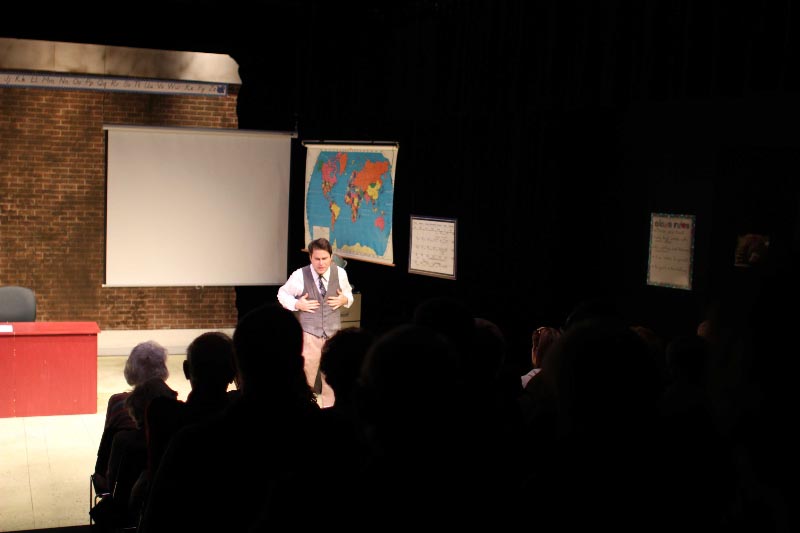Column: Vaccines save lives, skeptics spread lies
On Saturday, the Center for Disease Control said a 27-year-old woman from Santa Fe, N.M., later confirmed to have measles, spent hours in four major U.S. airports (Washington, D.C., Baltimore, Denver and Santa Fe) last week, according to The Associated Press.
In case you aren’t up on your major communicable diseases, measles is one of the most easily spread diseases. Not only is it airborne, but it can linger in the air and simply waft from one person to the next. It is also one of the most deadly diseases for adults and the most deadly of all childhood illnesses. There can hardly be a worse place for measles to linger than major U.S. airports.
Though hundreds of thousands of people around the globe die from measles every year, infections are extremely rare in the U.S.–about 60 to 100 cases per year. But it wasn’t always that way. Even as recently as the mid-1950s, 700,000 to 800,000 people in the U.S. got measles every year. By the mid-1960s, that number dropped to well below 100,000 and has since been virtually eliminated from the country. What happened during that decade to change measles from a perennial misery to a rarity?
In 1961, the first measles vaccine was successfully introduced to the public. That vaccine probably did more to save lives than almost any drug ever invented. According to the World Health Organization, measles is the leading cause of vaccine-preventable deaths among children. There is no treatment for measles, but a well-vaccinated population can go far in preventing it in the first place.
Millions of lives were saved by the measles vaccine in this country alone. But there is a movement of anti-vaccination activists who would like to see us vaccinate less, if at all.
Last week I covered a lecture at Eastern given by Robert D. Johnston, associate professor of history at UIC. I took interest in the anti-vaccine movement a few years ago after reading “Denialism: How Irrational Thinking Hinders Scientific Progress, Harms the Planet, and Threatens Our Lives” by Michael Specter, who writes for the New Yorker. So I figured I would check out the lecture and write a quick story about it.
Johnston gave a version of the history of the anti-vaccine movement, and it seemed like a thoroughly researched, if a bit skewed, history. But there have been a series of recent events that have undermined the anti-vaccine movement’s main argument, namely that there is a link between vaccines and autism.
This whole idea started when, in 1998, the British medical journal The Lancet published a paper by Andrew Wakefield that claimed a link between the MMR vaccine (measles, mumps and rubella) and autism-spectrum disorders. Neither the evidence put forward in the paper, nor the results of any future studies, have supported Wakefield’s conclusion. It turned out Wakefield had received money from people filing law suits against vaccine manufacturers when he wrote the paper. The Lancet has fully retracted the paper and the controversy has stained its reputation.
But that didn’t matter to the anti-vaccine crowd. Wakefield’s paper went viral and the Internet has no immunities against distortions and conspiracy theories. Thousands of studies have been done to find any possible link between childhood vaccinations and autism. None have shown any concrete link.
The problem is autism-spectrum disorders are not well understood among doctors. They don’t really know what causes it or how to prevent its onset. The reasons vaccines seem to work so well as a scapegoat is that symptoms of autism start to show up in the first three years of life, around the same time children are supposed to be vaccinated. Post hoc ergo proctor hoc.
Of course, there is no evidence that children who do not get vaccinated are less likely to develop autism. However, there is plenty of evidence that those children are more likely to catch measles, mumps and rubella. One of the problems with parents choosing not to vaccinate their children is, besides putting their own child’s life at risk, the unvaccinated child acts as a carrier to spread these diseases throughout the larger population.
The only way for a population to keep epidemics at bay is to keep immunization rates very high–above 95 percent is ideal. Once those rates start to drop even a few percentage points, infections start spreading quite quickly.
The anti-vaccination movement made big advances in Wales, England, in the early 2000s, and in 2007, they reported their largest rise in measles cases since they began keeping records. In Indiana, a 2005 measles outbreak was attributed by the New England Journal of Medicine as being caused by parents who refused to vaccinate their children.
Conspiracy theories about evil drug companies trying to poison our children to rake in profits are all over the Internet. And they are dramatic and comforting to those who want answers about their autistic children. But they have very real, very deadly consequences. If we see measles spread across the country, don’t be surprised to find it linked back to a child whose parents decided not to vaccinate them. Hopefully none of them were lingering in those major airports last week.
Dave Balson is a junior journalism major. He can be reached at 581-8122



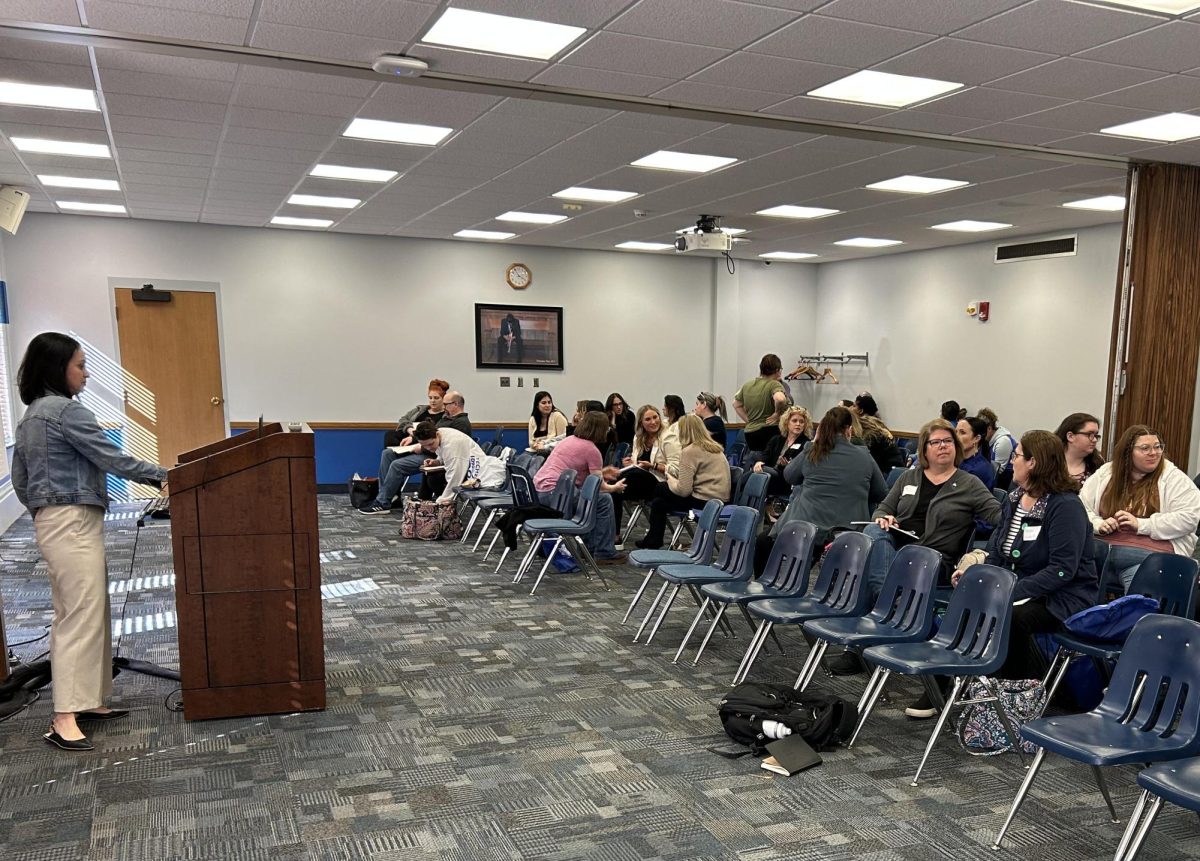
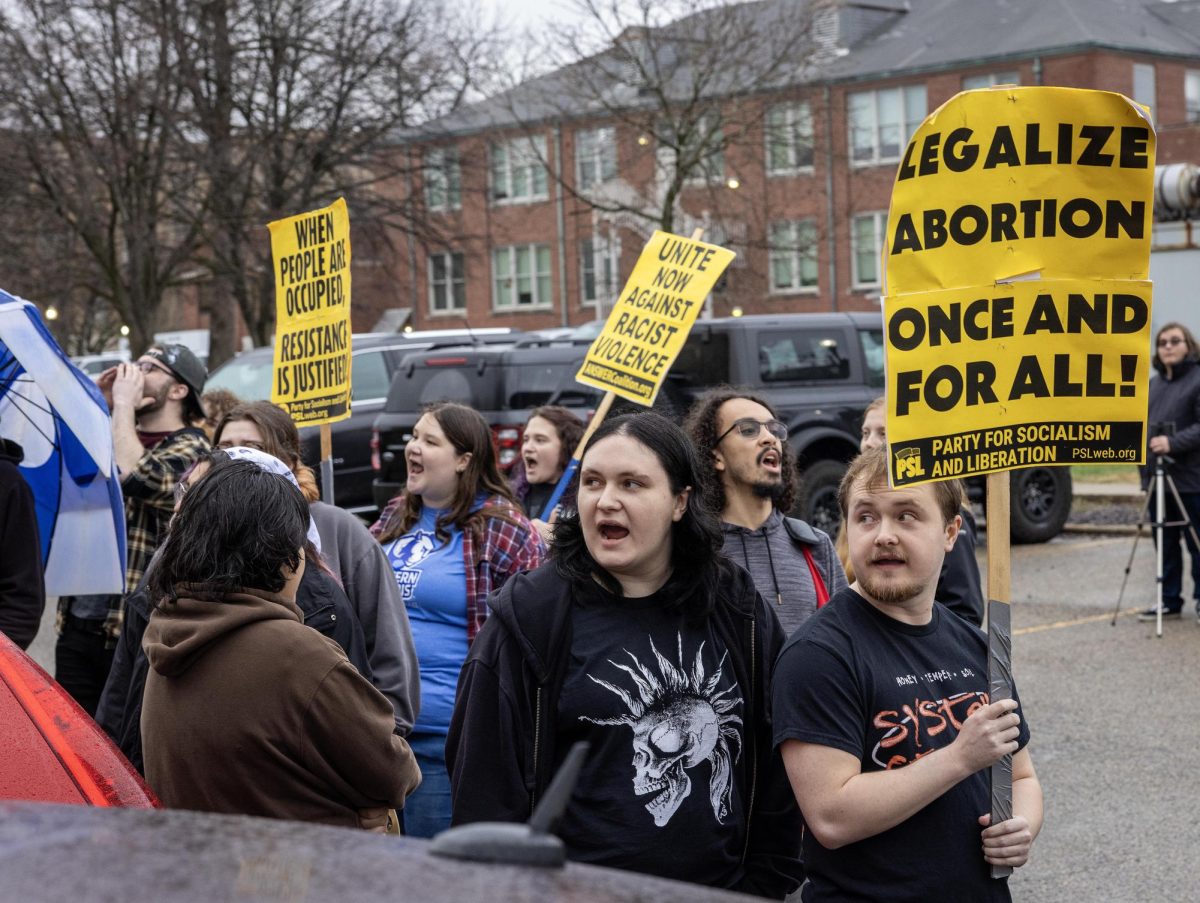
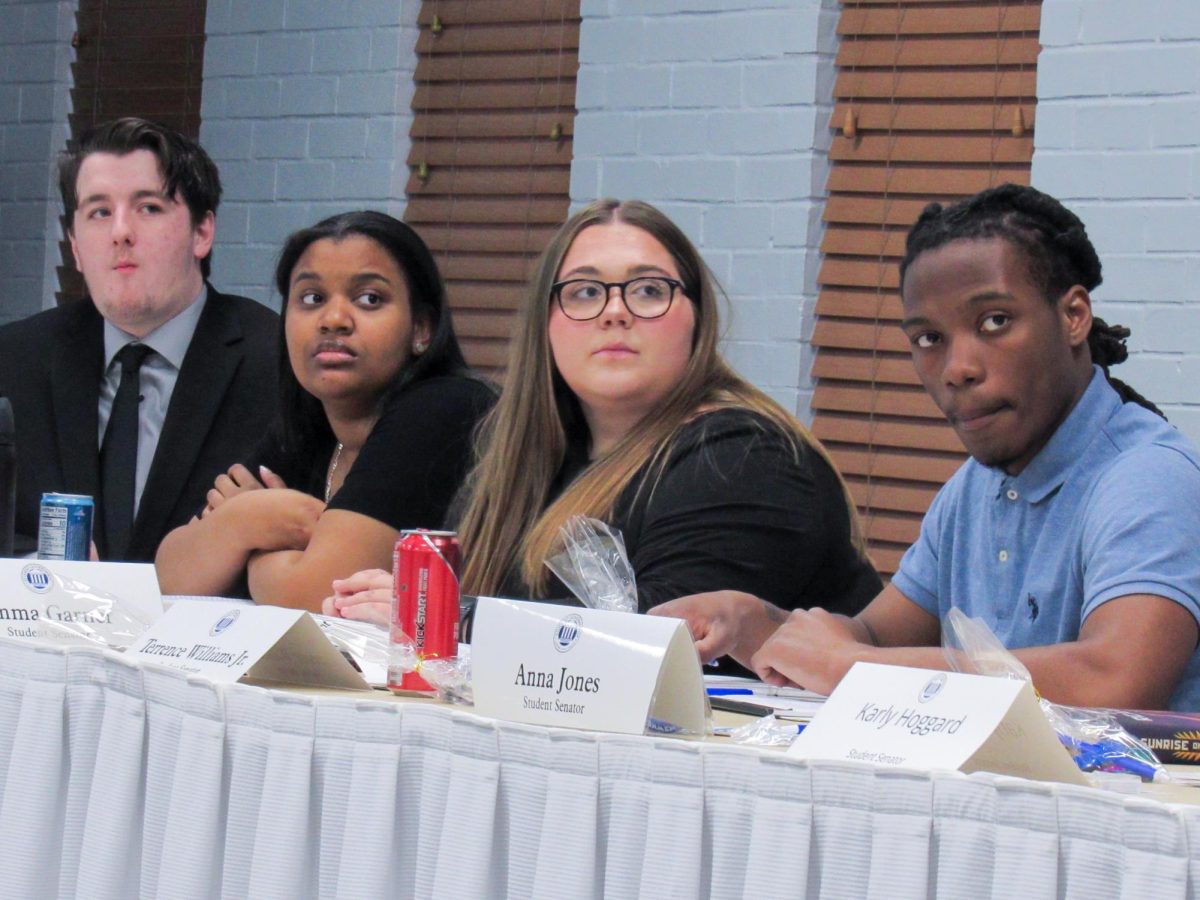

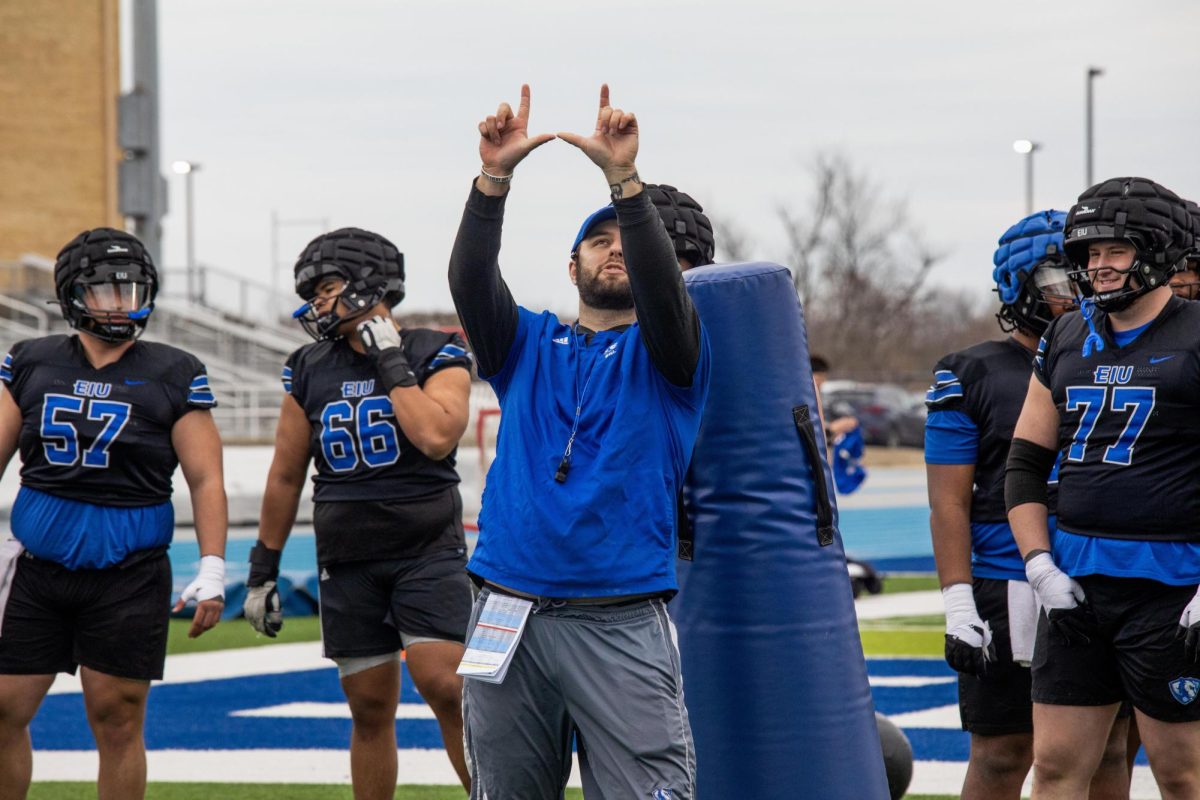

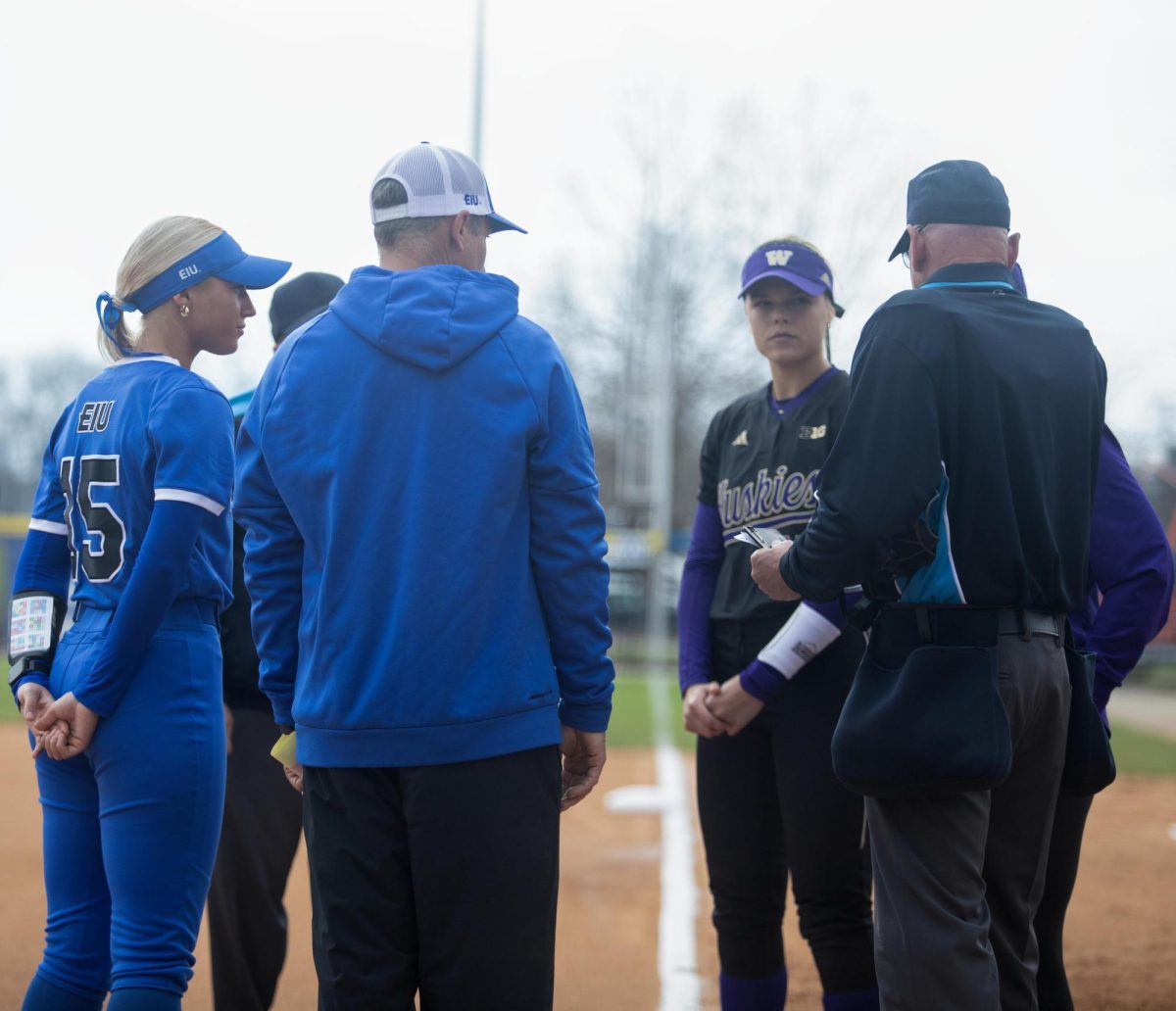

![[Thumbnail Edition] Junior right-handed Pitcher Lukas Touma catches at the game against Bradley University Tuesday](https://www.dailyeasternnews.com/wp-content/uploads/2025/03/MBSN_14_O-e1743293284377-1200x670.jpg)
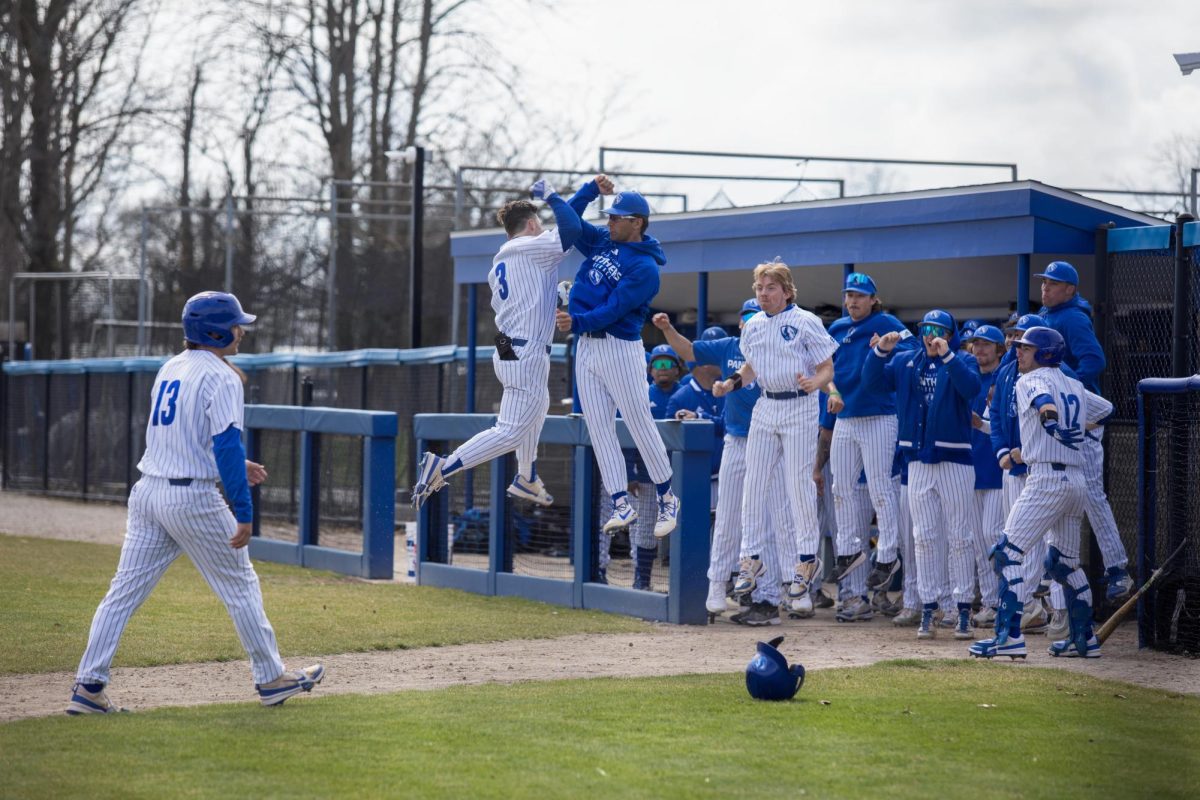
![[Thumbnail Edition] Eastern Illinois University baseball senior utility player Tyler Castro fields a ground ball during the team's first intrasquad scrimmage of the season on Jan. 31.](https://www.dailyeasternnews.com/wp-content/uploads/2025/03/BB_01_O-e1742874760130-1-e1742907504722-1200x911.jpg)
![[Thumbnail Edition] Senior Foward Macy McGlone, getsw the ball and gets the point during the first half of the game aginst Western Illinois University,, Eastern Illinois University Lost to Western Illinois University Thursday March 6 20205, 78-75 EIU lost making it the end of their season](https://www.dailyeasternnews.com/wp-content/uploads/2025/03/WBB_OVC_03_O-1-e1743361637111-1200x614.jpg)





















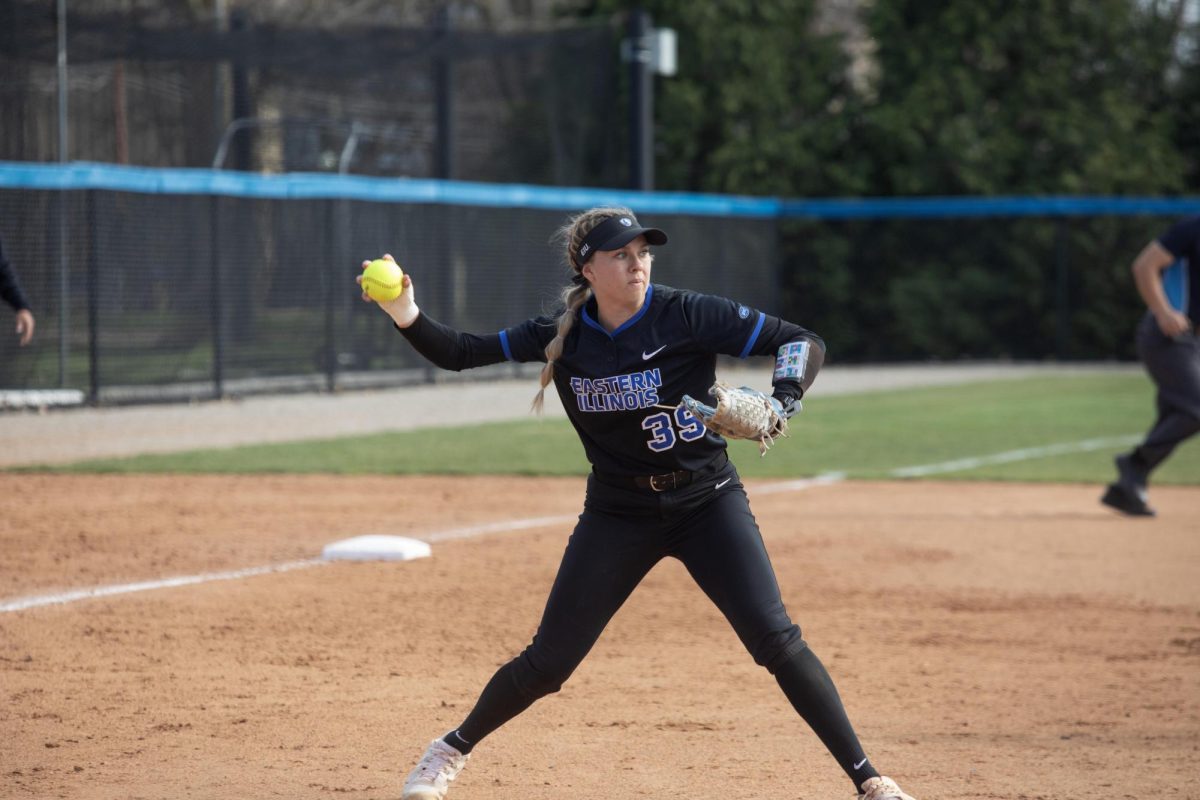















![The Weeklings lead guitarist John Merjave [Left] and guitarist Bob Burger [Right] perform "I Am the Walrus" at The Weeklings Beatles Bash concert in the Dvorak Concert Hall on Saturday.](https://www.dailyeasternnews.com/wp-content/uploads/2025/03/WL_01_O-1200x900.jpg)
![The team listens as its captain Patience Cox [Number 25] lectures to them about what's appropriate to talk about through practice during "The Wolves" on Thursday, March 6, in the Black Box Theatre in the Doudna Fine Arts Center in Charleston, Ill.](https://www.dailyeasternnews.com/wp-content/uploads/2025/03/WolvesPre-12-1200x800.jpg)


